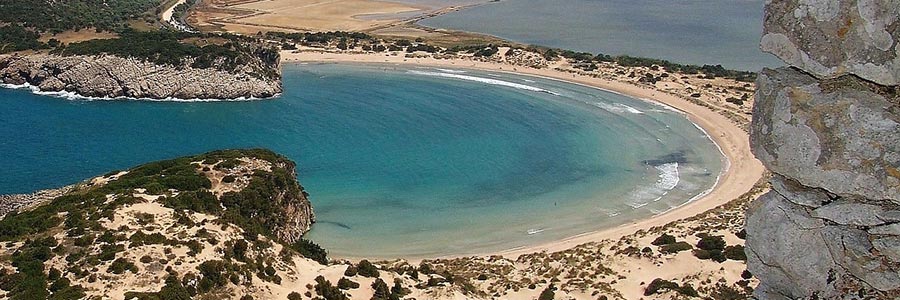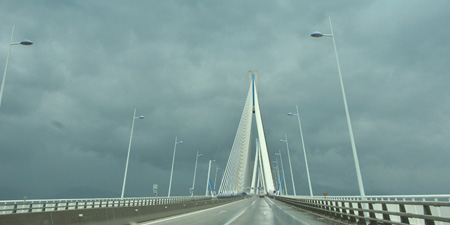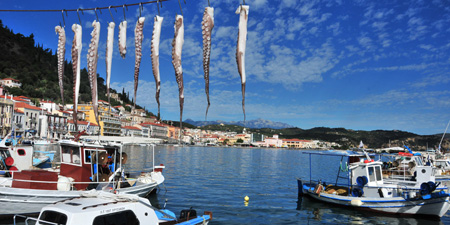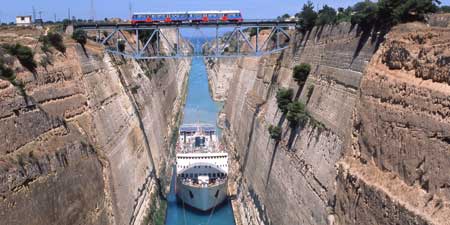Nafpaktos - we are on the way to Peloponnesus
- Written by Portal Editor
- Category: Peloponnese
- Hits: 30326
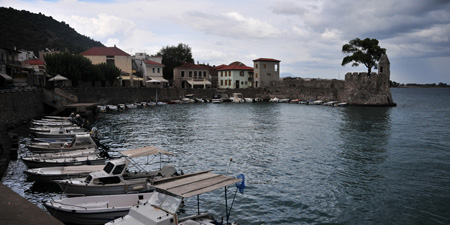
Nafpaktos - After an extensive tour of ancient Delphi in the afternoon and one stormy night at the campsite, which has led to unique clear view of the ancient ruins and the surrounding areas, we had first visited the Oracle of Delphi and the Museum in the morning, which is located below the ancient Delphi.
